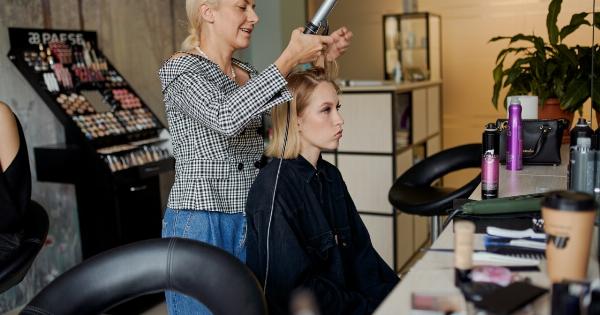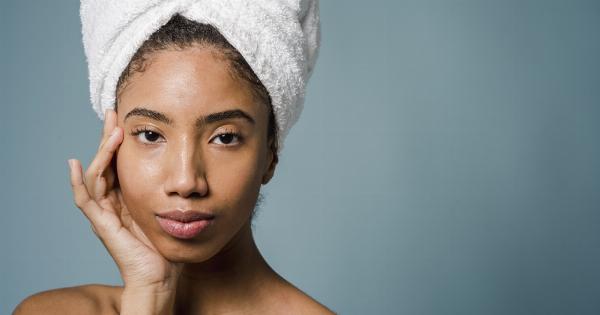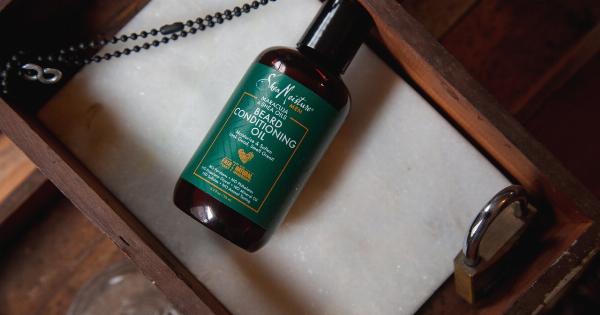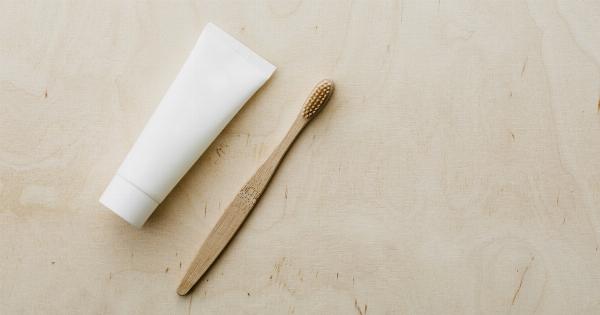Frizzy hair can be a daily struggle for many people, causing frustration and making it difficult to achieve the desired hairstyle.
While there are a variety of special products on the market claiming to tame frizz, not everyone wants to rely on these expensive and often chemical-laden solutions. The good news is that there are several natural and DIY methods you can try to combat frizzy hair and achieve smooth, manageable locks. In this article, we will explore some of these effective techniques that don’t require any special products.
1. Hydration is Key
One of the main causes of frizzy hair is lack of hydration. When your hair lacks moisture, it tends to absorb moisture from the air, causing the hair shaft to expand and resulting in frizz.
Therefore, it is essential to keep your hair hydrated to prevent frizziness. Make sure to drink plenty of water throughout the day, as hydration starts from within.
2. Use a Gentle Shampoo
The type of shampoo you use can have a significant impact on the frizziness of your hair. Look for a gentle shampoo that is free from sulfates, as these can strip your hair of its natural oils, leaving it dry and prone to frizz.
Opt for shampoos that are specifically formulated for dry or frizzy hair, as they contain moisturizing ingredients that can help combat frizz.
3. Condition, Condition, Condition
Conditioning your hair regularly is crucial for keeping it smooth and frizz-free. Use a conditioner that is rich in moisturizing ingredients, such as argan oil or shea butter.
After shampooing, apply the conditioner from mid-length to the ends of your hair, avoiding the roots. Leave it on for a few minutes before rinsing thoroughly. Regular conditioning will help seal the hair cuticles, preventing moisture from penetrating and causing frizz.
4. Cold Rinse
After conditioning your hair, finish your shower with a cold rinse. Cold water helps to close the hair cuticles, sealing in moisture and reducing frizz. It also adds shine to your hair, making it appear healthier and smoother.
While it may be a bit uncomfortable, the benefits of a cold rinse are well worth it!.
5. Towel Drying Techniques
The way you dry your hair plays a crucial role in preventing frizz. Avoid rubbing your hair vigorously with a towel, as this can rough up the hair cuticles and lead to frizz.
Instead, gently squeeze out excess water with a microfiber towel or an old cotton t-shirt. Patting or blotting your hair will reduce damage and frizz-causing friction.
6. Air Dry or Diffuse
Skipping the blow dryer can help reduce frizz. Air drying your hair allows it to retain its natural texture and minimizes exposure to heat.
If you are short on time and must use a blow dryer, attach a diffuser to minimize direct heat exposure to your hair. This attachment helps distribute the airflow evenly, which can help reduce frizz and enhance natural curls or waves.
7. Protect Your Hair from Heat
If you do use heat styling tools like flat irons or curling irons, it is crucial to protect your hair from the damaging effects of heat.
Apply a heat protectant spray or cream before using any heat styling tools to minimize frizz and prevent heat-related damage. These products create a barrier between your hair and the heat, reducing the moisture loss and frizz that can occur when styling.
8. Embrace Natural Hairstyles
If you’re constantly fighting frizz, consider embracing your hair’s natural texture. Rather than trying to force your hair into a particular style, work with its natural tendencies.
There are many trendy and low-maintenance hairstyles that can help you rock your frizz, such as braids, buns, or loose waves. By embracing your natural hair, you can reduce the need for excessive styling and minimize frizz.
9. Avoid Over-Brushing
Brushing your hair excessively can lead to frizz and breakage. Over-brushing disrupts the hair cuticles and causes static, resulting in dreaded frizz.
Instead, use a wide-toothed comb or your fingers to detangle your hair when it’s wet or apply a detangling spray. Be gentle when combing or brushing to prevent damage and frizz.
10. Silk or Satin Pillowcases
Believe it or not, the type of pillowcase you sleep on can make a difference in your hair’s frizz level. Swap out your cotton pillowcase for a silk or satin one to minimize friction while you sleep.
Unlike cotton, which can rough up the hair cuticles, silk or satin creates a smooth surface for your hair to glide over, reducing frizz and preventing tangles.
Conclusion
Frizzy hair can be a frustrating problem to deal with, but it doesn’t always require expensive special products to manage. By following these natural and DIY techniques, you can combat frizz and achieve smoother, more manageable hair.
Remember to prioritize hydration, choose gentle hair care products, condition regularly, and protect your hair from heat and friction. Embrace your hair’s natural texture and make small changes in your hair care routine to achieve frizz-free locks without relying on special products.





























